November 8, 2018
Finding comfort in & from the garden
A picture may capture 1000 words, but nailing the perfect hummingbird shot vocalizes ones like “Whoop!”
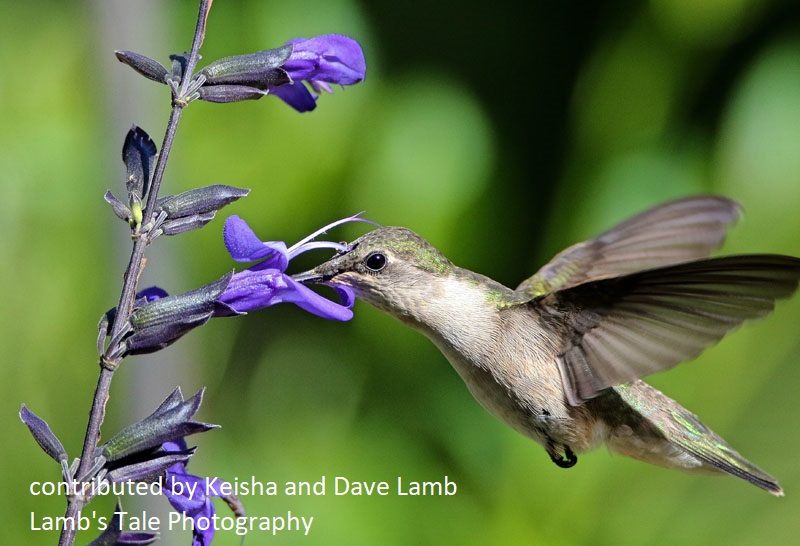
Certainly that’s what I said when Keisha and Dave Lamb in College Station sent this one to CTG. Their Salvia guaranitica ‘Black & Blue’ is a surefire bet to attract hummingbirds and bees (as do all salvias). When this herbaceous salvia browns on top this winter, simply clip off stems at ground level. New rosettes will emerge in a few months.
Whoops all around for Brooke Koppy’s first plump oranges on her tiny tree! It’s an unbeatable sensation, that I know.
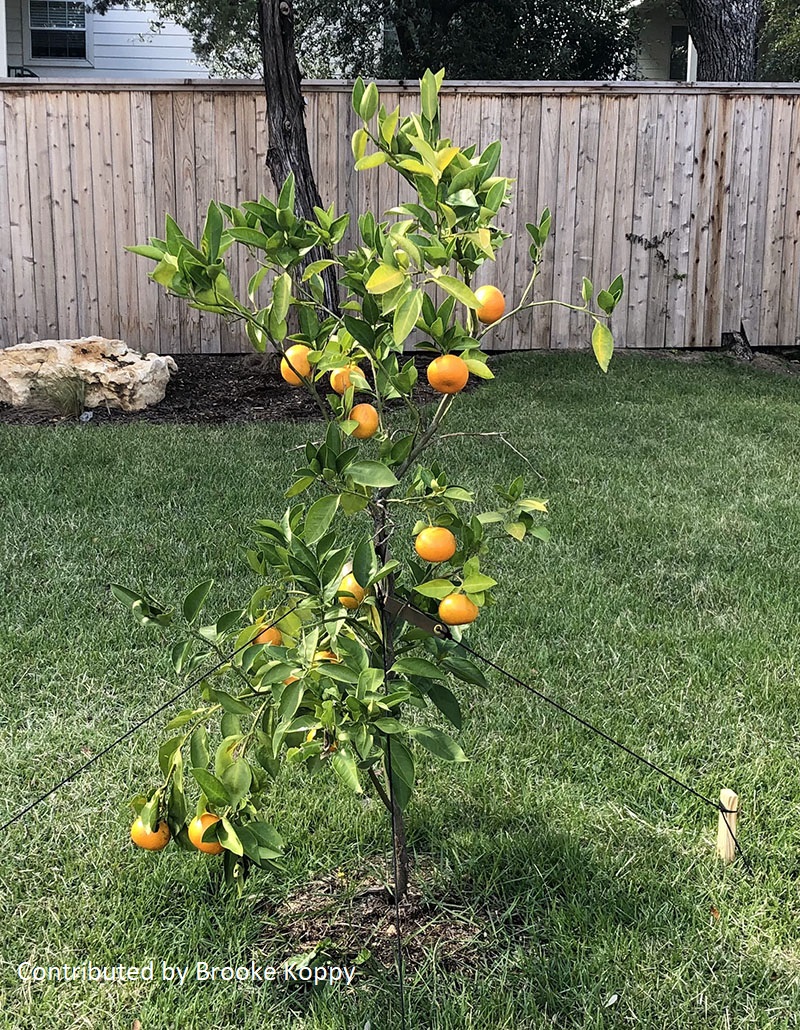
Brooke’s story starts with her question to CTG: she’d read that we should remove some fruits from small trees. Last March she planted a two-year-old tree gifted from a friend. It produced so many oranges that she removed a few from its sagging top branches in August.
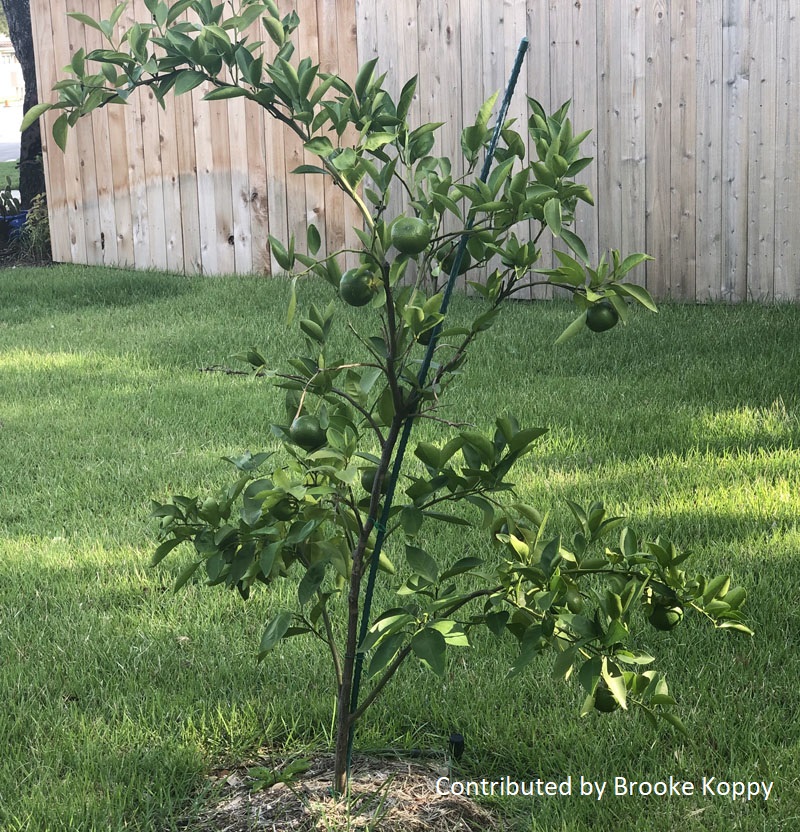
Daphne tells us that removing some fruits allows young citrus trees to concentrate on root development. But it’s certainly okay to leave some on, especially if they make it to August!
Usually, the plant drops excess energy on its own. My tiny satsuma orange ‘Miho’ (smaller than a self-seeded chile pequin next to it) dropped most of its fruit this year, winding up with one huge, very treasured harvest just days from plucking.
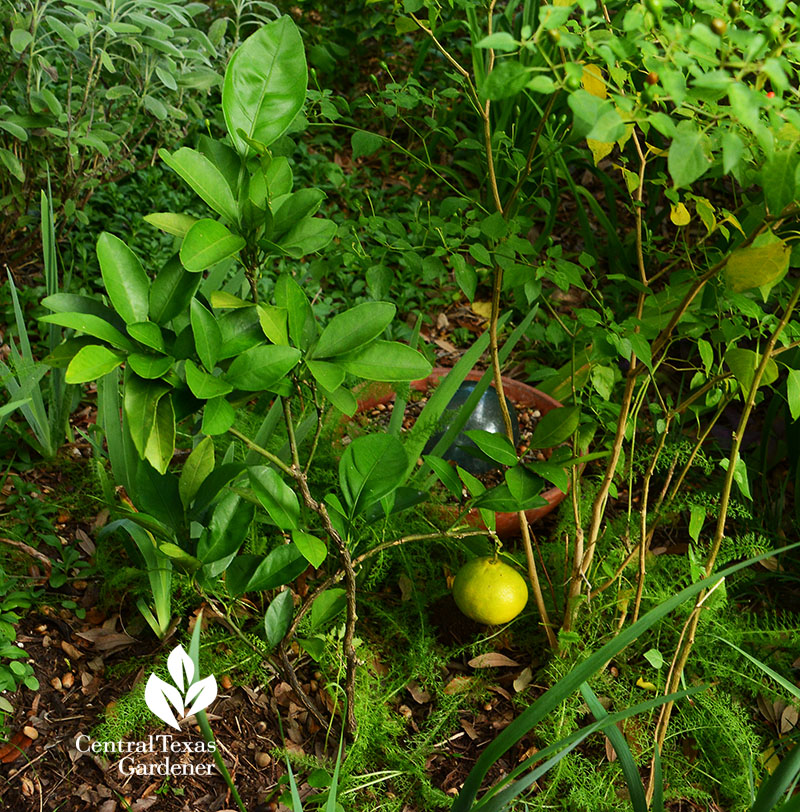
Greg and I are elated that after several years, ‘Mr. Mac’ satsuma—practically ignored on the side of house—surprised us with 12 oranges.
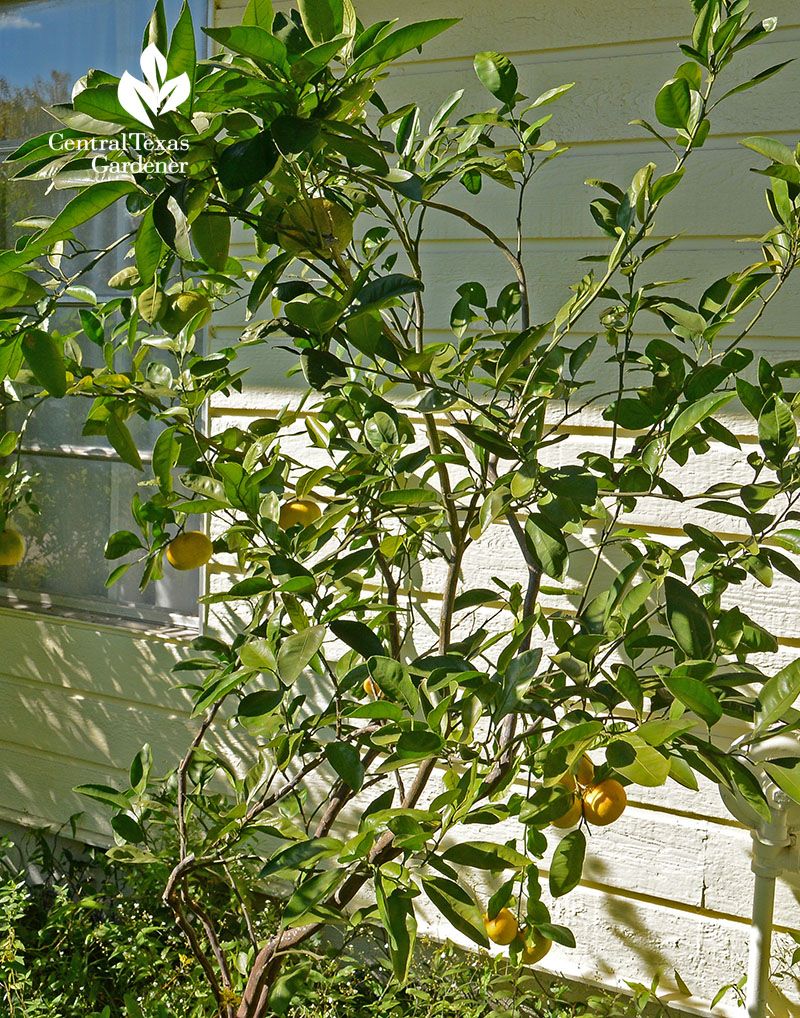
Now we’re on daily watch as each ripens to picking perfection. And they are yummy!
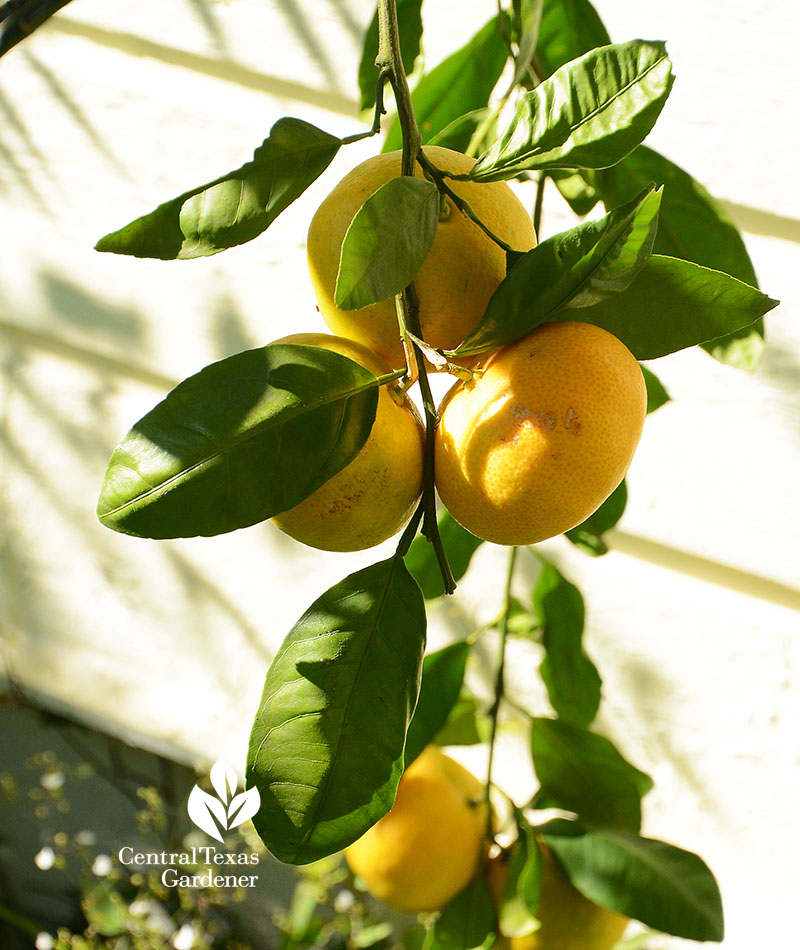
So, should we cover our citrus plants in winter? It’s good to cover new ones when temperatures drop below the 40s. When mine were young, I rigged up a tipi with bamboo stakes and draped row cover anchored at the bottom.
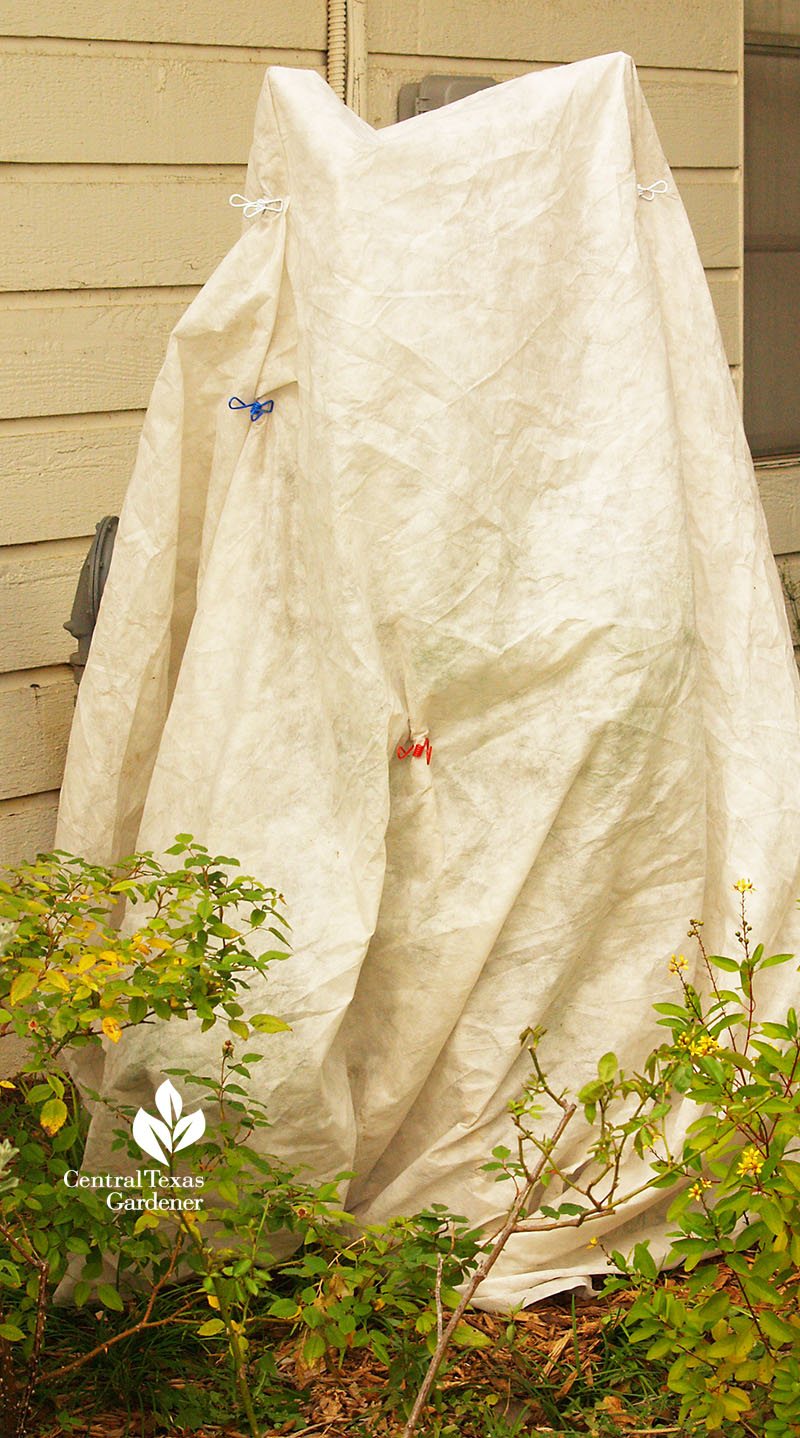
Last year, both my satsumas made it through six days of 20° without cover (but it’s ALL about variety and microclimate!). Get Daphne’s complete answer and a look at more great viewer pictures and videos.
We haven’t harvested our Turk’s cap fruits since we leave them for the wildlife. But they are edible and high in Vitamin C.
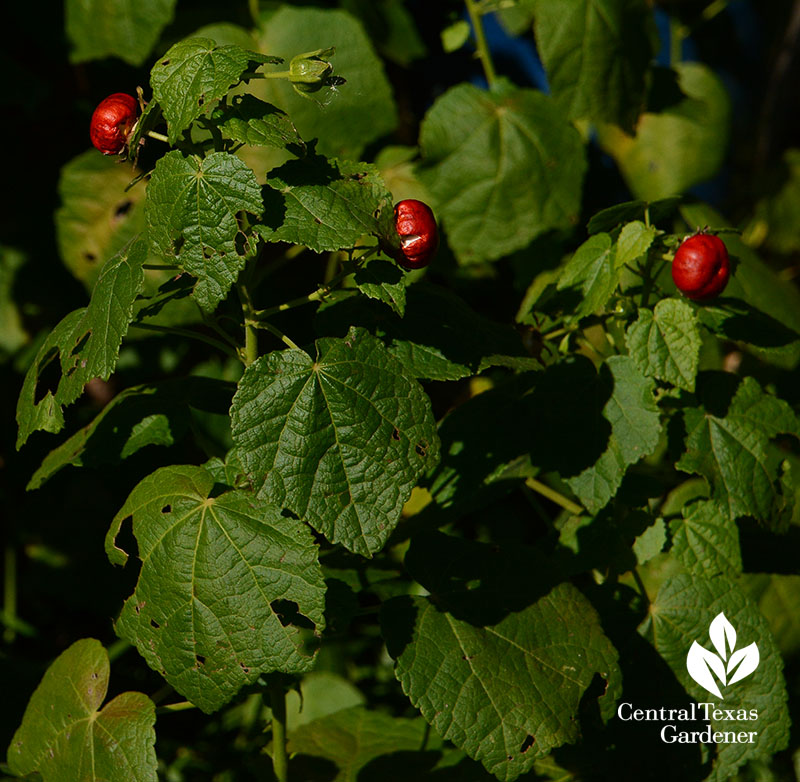
‘Pam’s Pink’ Turk’s cap blooms later for us, another good deal to feed hungry pollinators after weeks of rain and cool days.
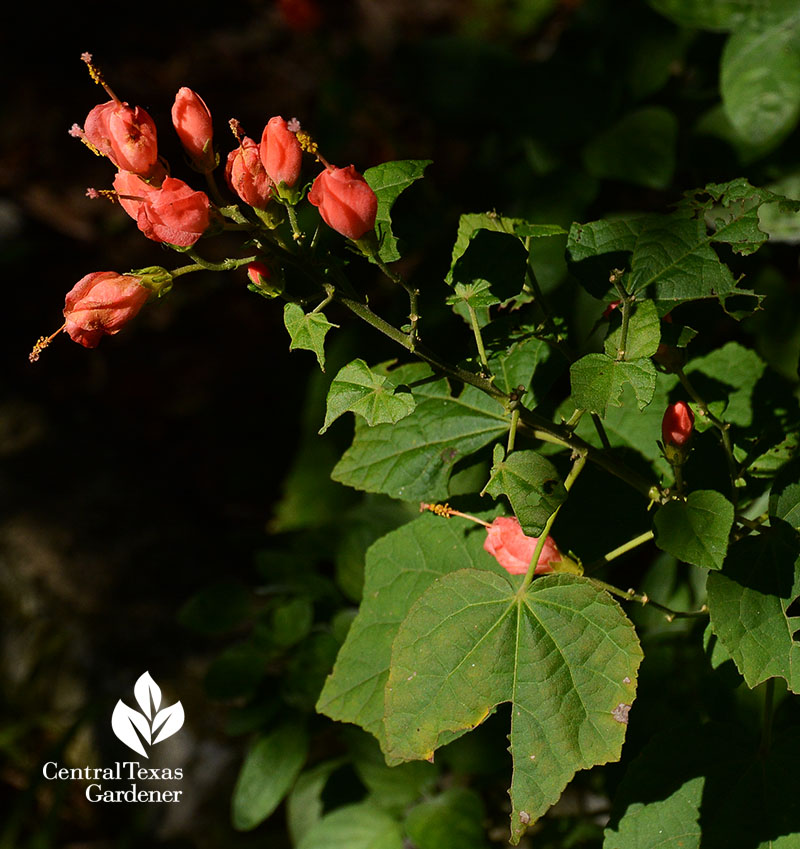
On a sunny Sunday, native bees and others headed for fall asters and my hardy, long-term ‘Country Girl’ chrysanthemums.
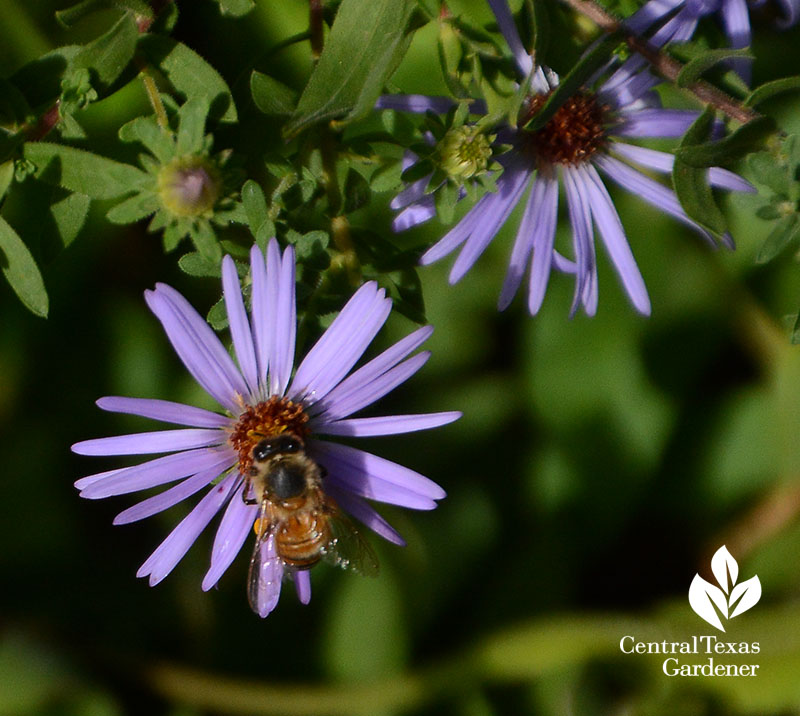
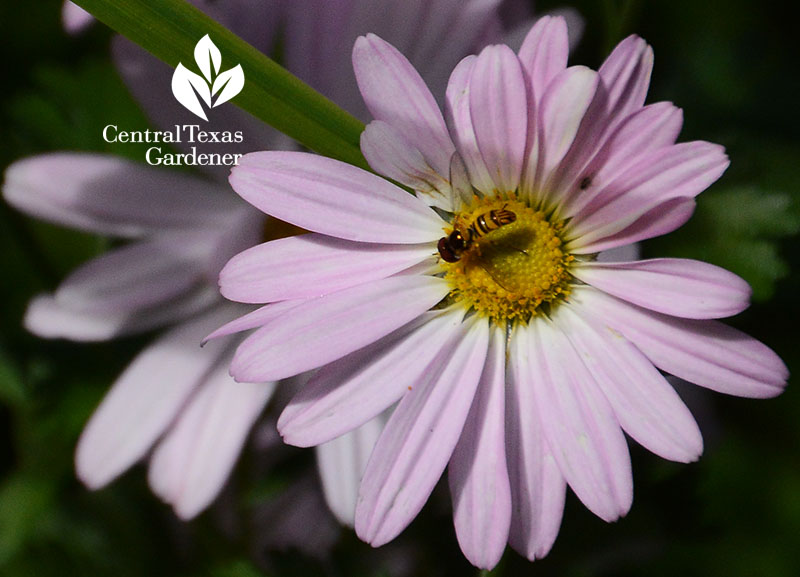
Looking ahead to spring, now’s the perfect time to seed native wildflowers, poppies, and larkspurs to feed pollinators. John’s got your family-fun tip for rolling up wildflower seed balls to throw a ball for the future.
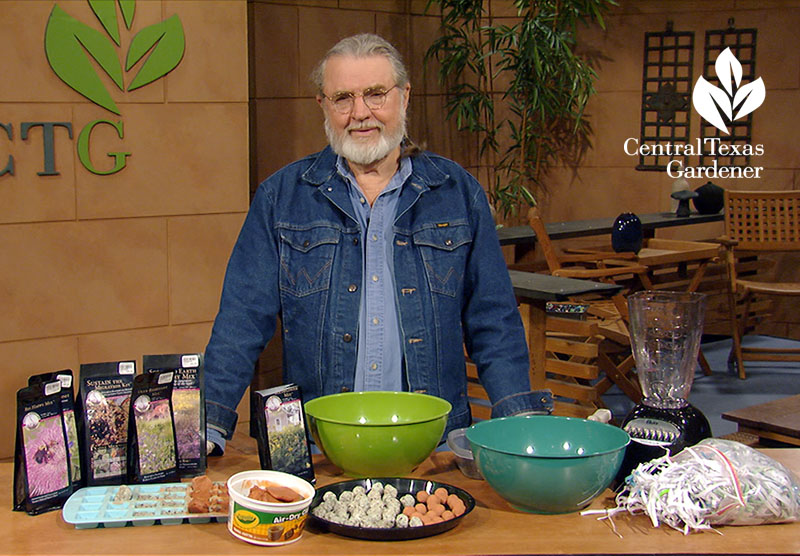
Watch now!
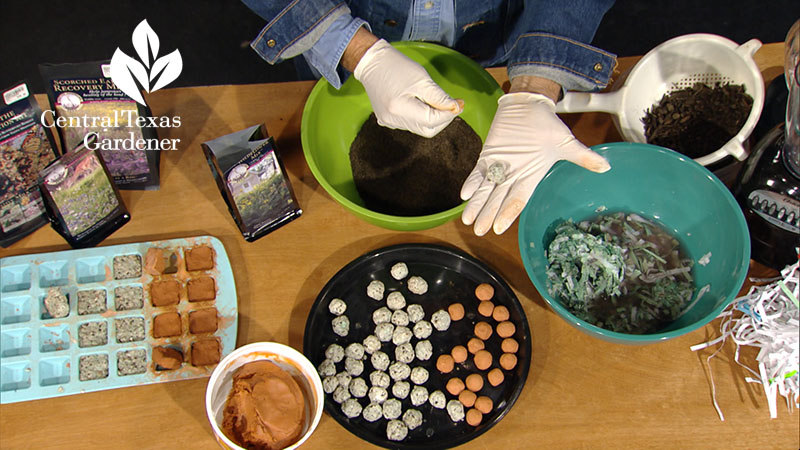
It seems like everyone I know has got the sniffles. Lindsey Mayer from Tillery Street Plant Company explains how to use culinary favorites like ginger, turmeric, and rosemary to make you feel better.
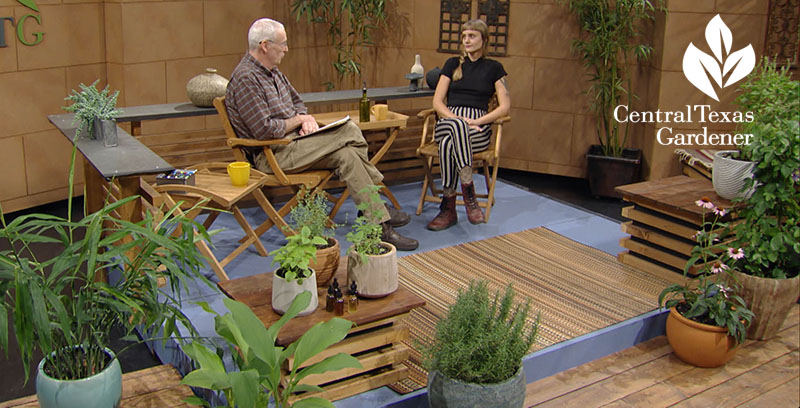
Turmeric’s a lovely container plant, too, but bring it indoors in the winter or replant in spring.
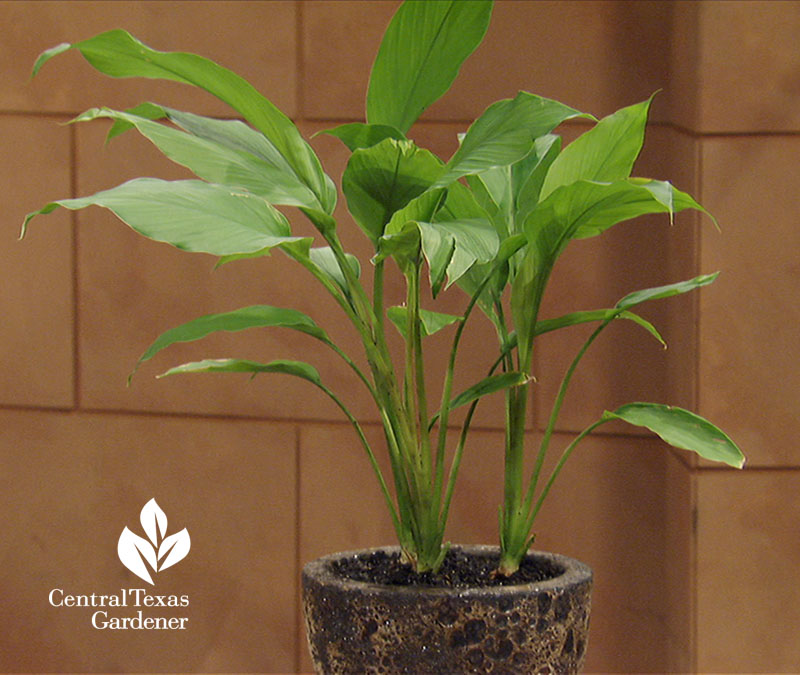
Ginger’s just as textural in part shade.
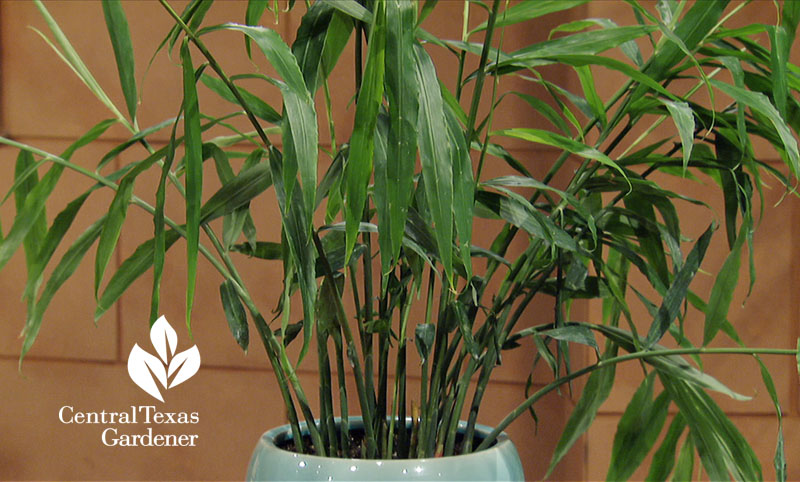
In some microclimates, it will return after winter, but if not, it’s easy to start a new plant from a grocery store rhizome. I’ve done it and it’s fun! Or, dig up your ginger as winter comes and use it in the kitchen, saving some to plant again.
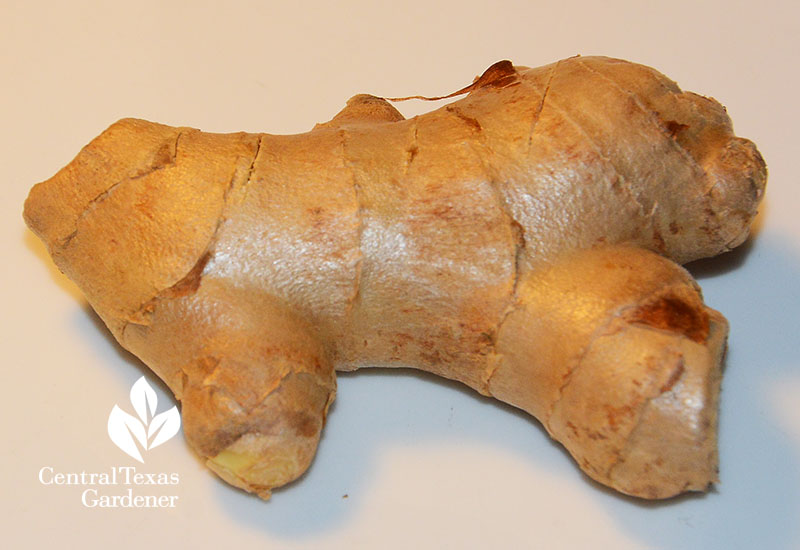
Get all of Lindsey’s healing tips right now!
On tour, another kind of healing’s going on at the Warrior and Family Support Center at the San Antonio Military Medical Center.
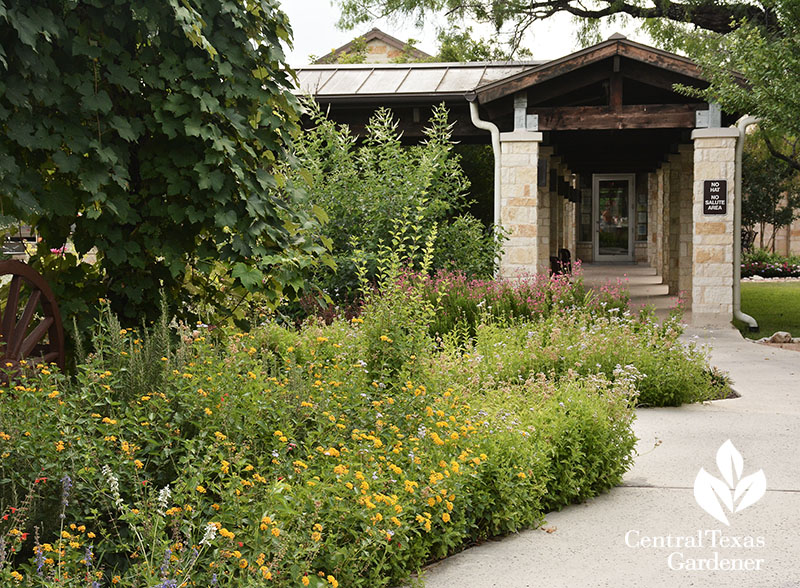
Acres of gardens assist soldiers and their families through physical and emotional recovery.
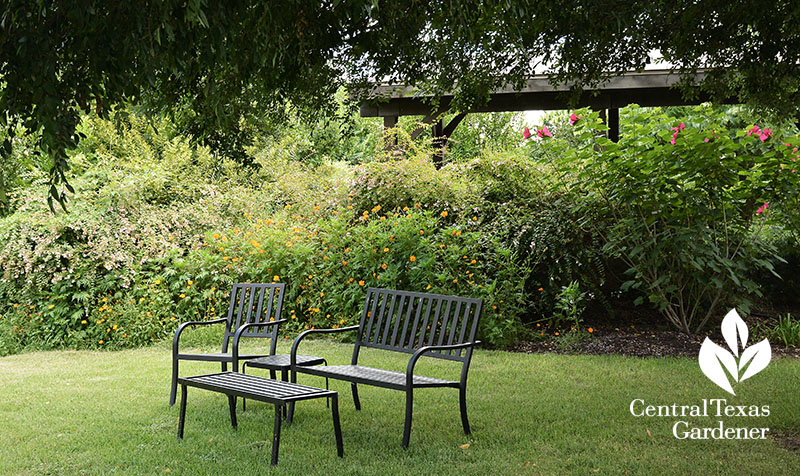
Many plants attract butterflies as symbols of rebirth.
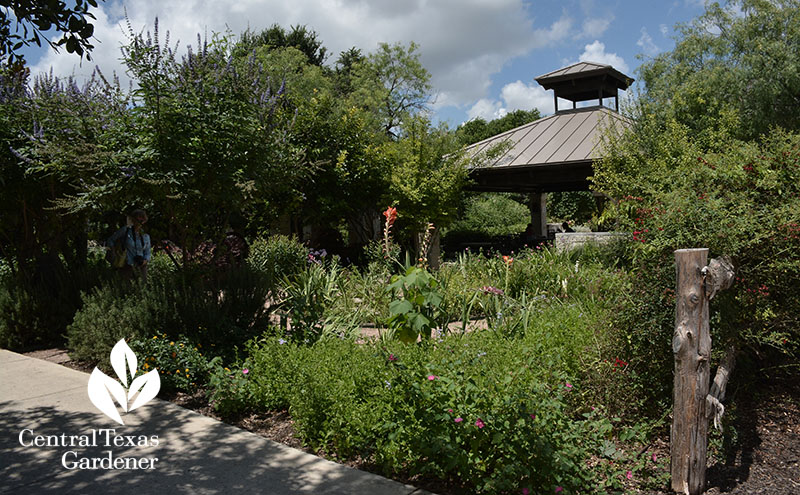
Sensory beauty—essential to soldiers after months in intensive care—is tended by volunteers, many from the Gardening Volunteers of South Texas, Bexar County Master Gardeners, and the soldiers’ families.
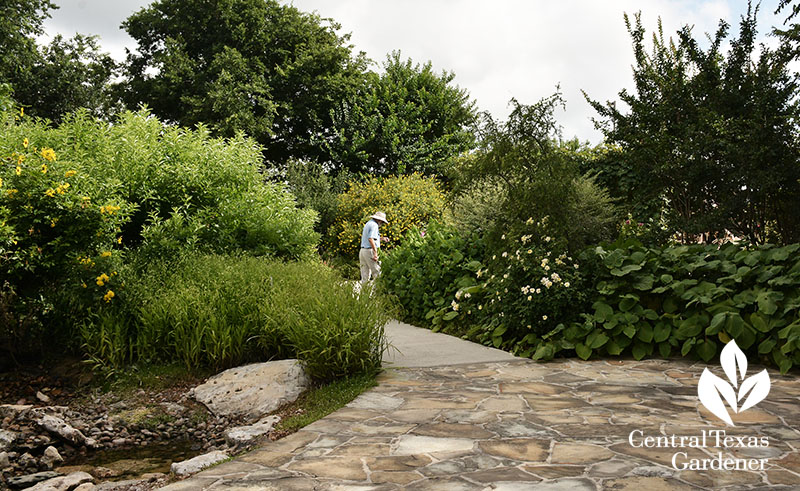
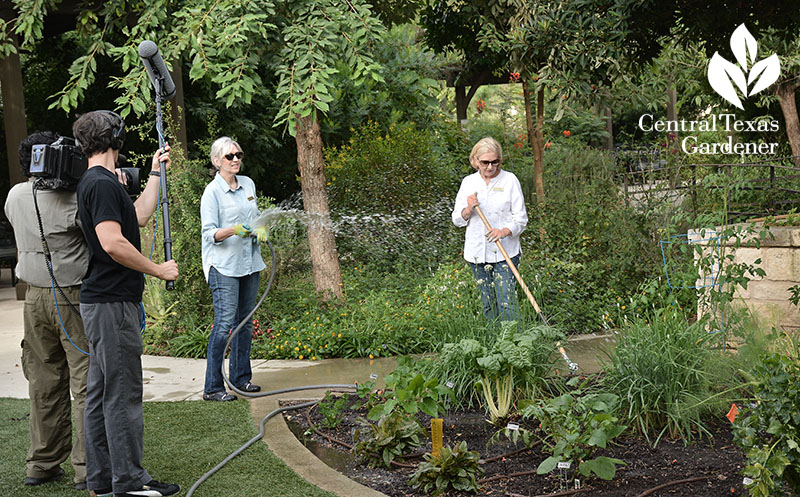
Quatrefoil’s Brian Bainnson’s design embraces special needs for burn patients and those who have lost limbs and must learn to walk again on different surfaces.
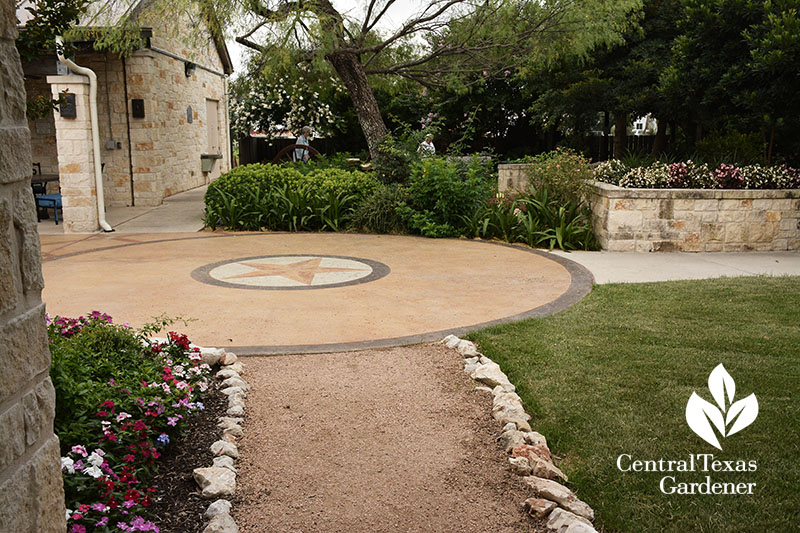
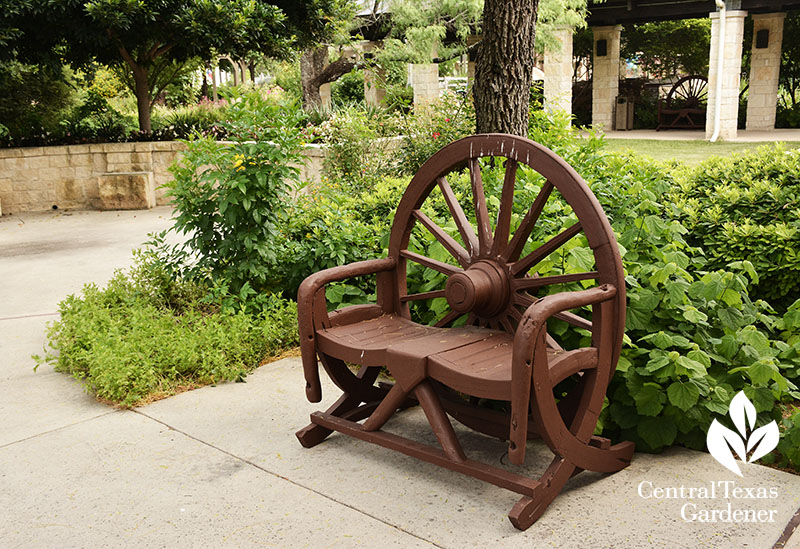
Watch our Veteran’s Day tribute to the soldiers who have served and continue to serve.
Thanks for stopping by! See you next week, Linda
tags:







